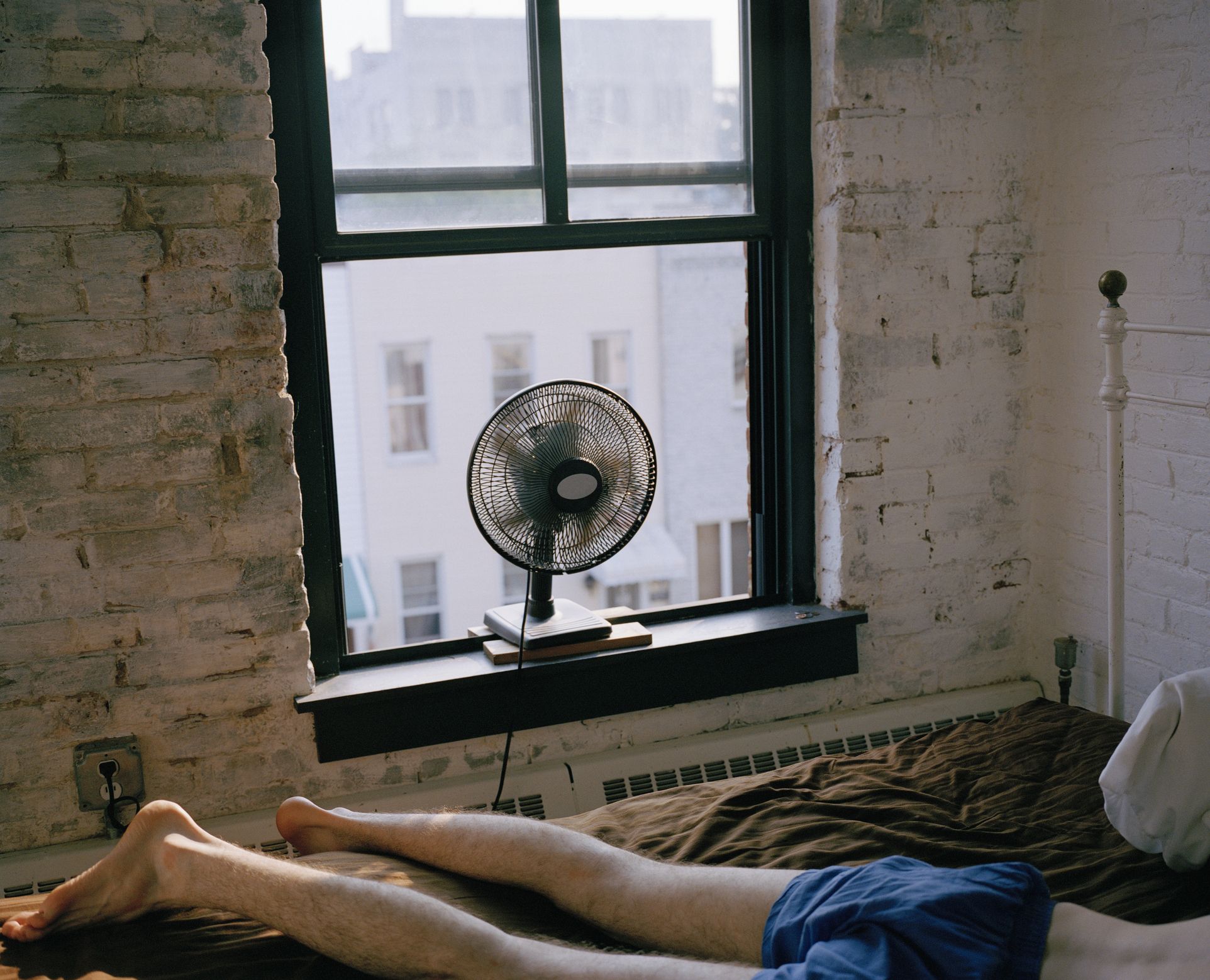

Articles
How To Cool Room With Fan
Modified: March 1, 2024
Discover effective articles on how to cool your room using a fan. Find valuable tips and tricks for optimal cooling and comfortable living.
(Many of the links in this article redirect to a specific reviewed product. Your purchase of these products through affiliate links helps to generate commission for Storables.com, at no extra cost. Learn more)
Introduction
Welcome to the ultimate guide on how to cool a room with a fan! As the scorching heat of summer arrives, finding effective ways to keep our living spaces cool becomes a top priority. While air conditioners are commonly used, they can be expensive to run and not always accessible to everyone. That’s where the humble fan comes in.
A fan is a cost-effective and energy-efficient solution for cooling a room. It works by creating a wind chill effect that helps to evaporate sweat from our skin, making us feel cooler. However, to make the most of your fan’s cooling potential, it’s essential to understand the basics of fan cooling, optimal fan placement, and other techniques to maximize airflow.
In this article, we will take a comprehensive look at how to effectively cool your room using a fan. We will explore different strategies to position the fan for maximum cooling, cross-ventilation techniques to enhance airflow, and even delve into DIY air-cooling methods for those seeking innovative solutions. So, let’s dive in!
Key Takeaways:
- Embrace the power of fans to cool your room effectively and efficiently, utilizing optimal positioning, cross-ventilation techniques, and DIY air cooling methods. Stay hydrated and explore creative fan tricks for a refreshing living space.
- Maximize the cooling potential of fans by understanding the basics of fan cooling, implementing proper fan maintenance, and incorporating additional tips and tricks. Beat the heat with innovative strategies and create a comfortable environment during hot summer days.
Read more: Where To Put Fan In Baby Room
Understanding the Basics of Fan Cooling
Before we delve into the specifics of cooling a room with a fan, it’s essential to understand how fans work to cool our surroundings. Unlike air conditioners that cool the air itself, fans function by creating a breeze that helps to dissipate heat from our bodies, making us feel cooler.
Fans work on the principle of airflow and evaporation. When the air moves across our skin, it increases the rate of moisture evaporation from our bodies, thus creating a cooling effect. This is known as the wind chill factor.
While fans don’t technically lower the temperature of a room, they provide a perceptible cooling effect by lowering our body temperature. This can make a significant difference in how comfortable we feel, particularly during hot and humid weather.
It’s important to note that fans work best in well-ventilated areas. They are most effective when there is a source of fresh air entering the room, allowing for better circulation of cool air. This is why proper fan placement and implementing cross-ventilation techniques play a crucial role in maximizing the cooling benefits of a fan.
Now that we have a basic understanding of how fans cool, let’s move on to the next section, where we will explore the best ways to position a fan for optimal cooling.
Positioning the Fan for Optimal Cooling
When it comes to cooling a room with a fan, proper positioning is key. By strategically placing the fan, you can create a more effective and efficient cooling experience. Here are some tips to help you position your fan for optimal cooling:
- Place the fan near a window or door: Positioning the fan near a window or door allows it to draw in fresh air from outside. This helps to improve air circulation and brings in cooler air, especially during early mornings or evenings when the temperature tends to be lower. Make sure the fan is facing inward to bring in the cool air.
- Direct the airflow upwards: To maximize the cooling effect, angle the fan to blow the air towards the ceiling. This creates a wind chill effect that helps to circulate the cool air around the room. It also prevents the fan from blowing directly onto you and causing discomfort.
- Place the fan in a central location: Positioning the fan in the center of the room allows for better air distribution. It helps to create a balanced airflow throughout the space, ensuring that all areas receive a sufficient amount of cool air.
- Use oscillating fans: If you have an oscillating fan, take advantage of its rotating feature. By setting the fan to oscillate, it can cover a larger area and distribute the cool air evenly throughout the room. This is especially useful for larger spaces or when multiple people are in the room.
By following these positioning tips, you can optimize the cooling effect of your fan and create a more comfortable environment. However, positioning alone might not be enough to achieve the desired cooling. To further enhance the airflow and cooling, let’s explore the concept of cross-ventilation techniques in the next section.
Maximizing Airflow with Fan Placement
When it comes to cooling a room with a fan, maximizing airflow is essential. By strategically placing fans and utilizing cross-ventilation techniques, you can significantly improve the circulation of cool air and create a more comfortable environment. Here are some tips to help you maximize airflow with fan placement:
- Create a fan network: Instead of relying on a single fan, consider using multiple fans strategically placed throughout the room. This creates a network of airflow, allowing cool air to circulate more effectively. Position fans in a way that they work together to push air from one area to another, creating a continuous flow of cool air.
- Use the window-fan method: This method involves placing one fan facing inward near a window to draw in cool air, while another fan is placed facing outward in a different part of the room to expel warm air. This setup creates a cross-breeze and promotes better airflow. It is particularly effective when there is a significant temperature difference between the indoor and outdoor environment.
- Consider height placement: Experiment with the height at which you place your fan. Hot air tends to rise, so placing the fan at a higher elevation can help to expel warm air and draw in cooler air from below. Some fans come with height-adjustable stands or can be mounted on walls or ceilings for better airflow distribution.
- Open doors and windows strategically: To maximize airflow, open doors and windows in different parts of the room, creating a pathway for air to flow. This helps to facilitate cross-ventilation and allows for a better exchange of indoor and outdoor air. Make sure to position fans near these openings to enhance the airflow.
By applying these fan placement techniques, you can optimize airflow and create a more refreshing and comfortable environment. However, if you are looking for alternative ways to cool a room with a fan, you can also explore the option of creating a DIY air cooler, which we will discuss in the next section.
Utilizing Cross-ventilation Techniques
Cross-ventilation is a powerful technique that can help cool a room with just a fan. By creating a pathway for fresh air to enter and circulate throughout the room, you can improve airflow and enhance the cooling effect. Here are some cross-ventilation techniques you can utilize:
- Identify the direction of the prevailing wind: Understanding the direction from which the wind is coming can help you determine the best openings to use for cross-ventilation. Open windows or doors on opposite sides of the room to create a draft that encourages air movement.
- Use fans strategically: Position fans near the open windows or doors to bring in fresh air and expel warm air. This helps to create a flow of cool air throughout the room. You can also place fans at different points along the pathway of cross-ventilation to enhance the airflow.
- Create a venting system: If you have windows on opposite sides of the room, consider creating a venting system by using a fan. Place a fan in one window blowing outward while another fan is placed in the opposite window blowing inward. This setup allows for an exchange of air and facilitates cross-ventilation.
- Optimize window placement: If your room has multiple windows, open them strategically to take advantage of natural airflow. Opening windows on different walls can create a cross-breeze, promoting better air circulation. Experiment with different combinations of windows to find the most effective configuration.
- Utilize interior doors: Open interior doors throughout the room to allow for better air circulation. This helps to create a more open pathway for the air to flow, increasing the cooling effect. However, make sure to close doors leading to unoccupied rooms to avoid wasting cool air.
By utilizing cross-ventilation techniques, you can harness the power of natural airflow and enhance the cooling effect of a fan. However, if you’re looking for alternative ways to cool a room with a fan, you can explore the option of creating a DIY air cooler, which we will discuss in the next section.
Place a bowl of ice in front of the fan to create a cooling mist as the ice melts. This can help to lower the temperature in the room.
Read also: 12 Best Room Fan for 2024
Creating a DIY Air Cooler with a Fan
If you’re looking for an innovative way to cool a room with a fan, you can consider creating a DIY air cooler. A DIY air cooler combines the airflow of a fan with the evaporative cooling effect of water to create a more refreshing and cool breeze. Here’s how you can make your own DIY air cooler:
- Gather the materials: You will need a small fan, a large container or ice chest, PVC pipe or flexible hose, a water pump or soaked sponges, and ice or cold water.
- Prepare the container: Drill or cut holes in the container’s lid to fit the PVC pipe or flexible hose. The pipe will act as the air outlet, allowing the cool air to flow out.
- Connect the fan: Place the fan on top of the container’s lid so that it blows air into the container.
- Set up the water circulation: If you have a water pump, attach it to the container and position it in such a way that it circulates water through the pipe or hose, making it wet and cool. If a water pump is not available, you can soak sponges in cold water and place them around the fan for evaporation.
- Add ice or cold water: Fill the container with ice or cold water to further enhance the cooling effect. The fan will blow air over the cold surface, creating a cooler breeze as the water evaporates.
- Turn on the fan and enjoy: Plug in the fan, switch it on, and feel the refreshing breeze of your DIY air cooler!
Remember to place your homemade air cooler in a well-ventilated area so that the cooled air can circulate effectively. While this DIY method may not provide the same level of cooling as an air conditioner, it can significantly improve the comfort in a smaller space or in areas without access to air conditioning.
Once your DIY air cooler is up and running, it’s important to maintain your fan to ensure optimal cooling efficiency. We will explore some tips for proper fan maintenance in the next section.
Improving Cooling Efficiency with Proper Fan Maintenance
To ensure that your fan is operating at its best and providing maximum cooling efficiency, it’s important to perform regular maintenance. Here are some tips to help you maintain your fan and improve its cooling efficiency:
- Clean the blades: Over time, dust and debris can accumulate on the fan blades, reducing its effectiveness. Regularly clean the blades with a soft cloth or brush to remove any build-up and ensure proper airflow.
- Check the motor and bearings: The motor and bearings of the fan can wear out over time, leading to reduced performance. Lubricate the bearings as recommended by the manufacturer to keep them running smoothly and inspect the motor for any signs of damage or wear.
- Inspect the cord and plug: Check the fan’s power cord and plug for any fraying or damage. If you notice any issues, replace the cord or plug to prevent potential electrical hazards.
- Secure loose parts: Over time, the fan may develop loose parts, which can affect its performance and create unnecessary noise. Check and tighten any loose screws or bolts to ensure that the fan is stable and operates smoothly.
- Keep the surrounding area clean: Dust and debris in the surrounding area can get sucked into the fan, clogging the vents and reducing its efficiency. Regularly clean the area around the fan and keep it free from obstructions to maintain proper airflow.
- Store the fan properly: If you’re not using the fan for an extended period, make sure to store it in a clean and dry area. Wrap the cord neatly and place the fan in a protective covering or box to prevent dust accumulation and potential damage.
By following these maintenance tips, you can extend the lifespan of your fan and keep it operating at its best. Regular maintenance not only improves cooling efficiency but also ensures the safety and reliability of your fan.
Now that we’ve explored fan maintenance, let’s move on to some additional tips and tricks to maximize the cooling effect of your fan in the next section.
Additional Tips and Tricks for Cooling a Room with a Fan
When it comes to cooling a room with a fan, there are some additional tips and tricks that can help you maximize its effectiveness. Here are some handy tips to enhance the cooling effect:
- Use a fan with multiple speeds: Invest in a fan with multiple speed settings. Lower speeds are ideal for sleeping or when you want a gentle breeze, while higher speeds provide more powerful airflow for quick cooling.
- Run the fan counterclockwise: During the summer months, switch your ceiling fan to run counterclockwise. This pushes air downward, creating a wind chill effect and providing a cool breeze throughout the room.
- Close curtains and blinds: During the hottest parts of the day, close curtains and blinds to block out the sunlight. This helps to reduce heat gain and keeps the room cooler. You can also use reflective blinds or curtains to further deflect sunlight.
- Use a damp cloth or ice pack: Place a damp cloth or a bowl of ice in front of the fan. As the air blows through the moist cloth or over the ice, it creates a cooler breeze that can provide instant relief.
- Create a DIY air conditioner: Fill a shallow bowl or tray with ice and place it in front of the fan. As the fan blows air over the ice, it cools the air, mimicking the effect of an air conditioner to some extent.
- Opt for a tower fan: Tower fans are designed to distribute air over a wider area. They come with oscillation features that allow airflow to cover a larger space, making them ideal for cooling larger rooms or open-concept living areas.
- Consider a misting fan: Misting fans combine the cooling effect of water mist with the airflow of a fan. They can provide instant relief in hot and dry climates. However, be cautious about using misting fans in humid environments, as they can potentially increase humidity levels.
- Stay hydrated: Remember to stay hydrated by drinking plenty of water, as fans can cause increased evaporation and perspiration. Keeping your body well-hydrated helps maintain body temperature and aids in your overall comfort.
By incorporating these tips and tricks into your fan cooling routine, you can create a more comfortable and refreshing environment, even in the hottest of days.
Now that we’ve covered various strategies to cool a room with a fan, let’s conclude with a final thought.
Conclusion
Cooling a room with a fan is not only cost-effective but also energy-efficient. By understanding the basics of fan cooling, positioning the fan for optimal airflow, utilizing cross-ventilation techniques, and even creating a DIY air cooler, you can effectively combat the sweltering heat and create a comfortable environment in your living space.
Proper fan maintenance, such as cleaning the blades, checking the motor, and securing loose parts, is essential to ensure the fan operates at its best and provides maximum cooling efficiency. It’s also important to consider additional tips and tricks like using a fan with multiple speed settings, running the fan counterclockwise, closing curtains and blinds, and using a damp cloth or ice pack to enhance the cooling effect.
Remember to stay hydrated and take breaks from the heat when necessary. While fans can provide significant cooling, they cannot replace the need for proper hydration and monitoring your body’s response to high temperatures.
Whether you’re using a traditional fan, exploring DIY air cooling methods, or implementing cross-ventilation techniques, finding the right approach to cool your room can make a noticeable difference in your comfort level. Experiment with different strategies and discover what works best for your specific circumstances.
So, embrace the power of a fan and beat the heat with these tips and tricks to create a cool and enjoyable living space during those hot summer days.
Frequently Asked Questions about How To Cool Room With Fan
Was this page helpful?
At Storables.com, we guarantee accurate and reliable information. Our content, validated by Expert Board Contributors, is crafted following stringent Editorial Policies. We're committed to providing you with well-researched, expert-backed insights for all your informational needs.
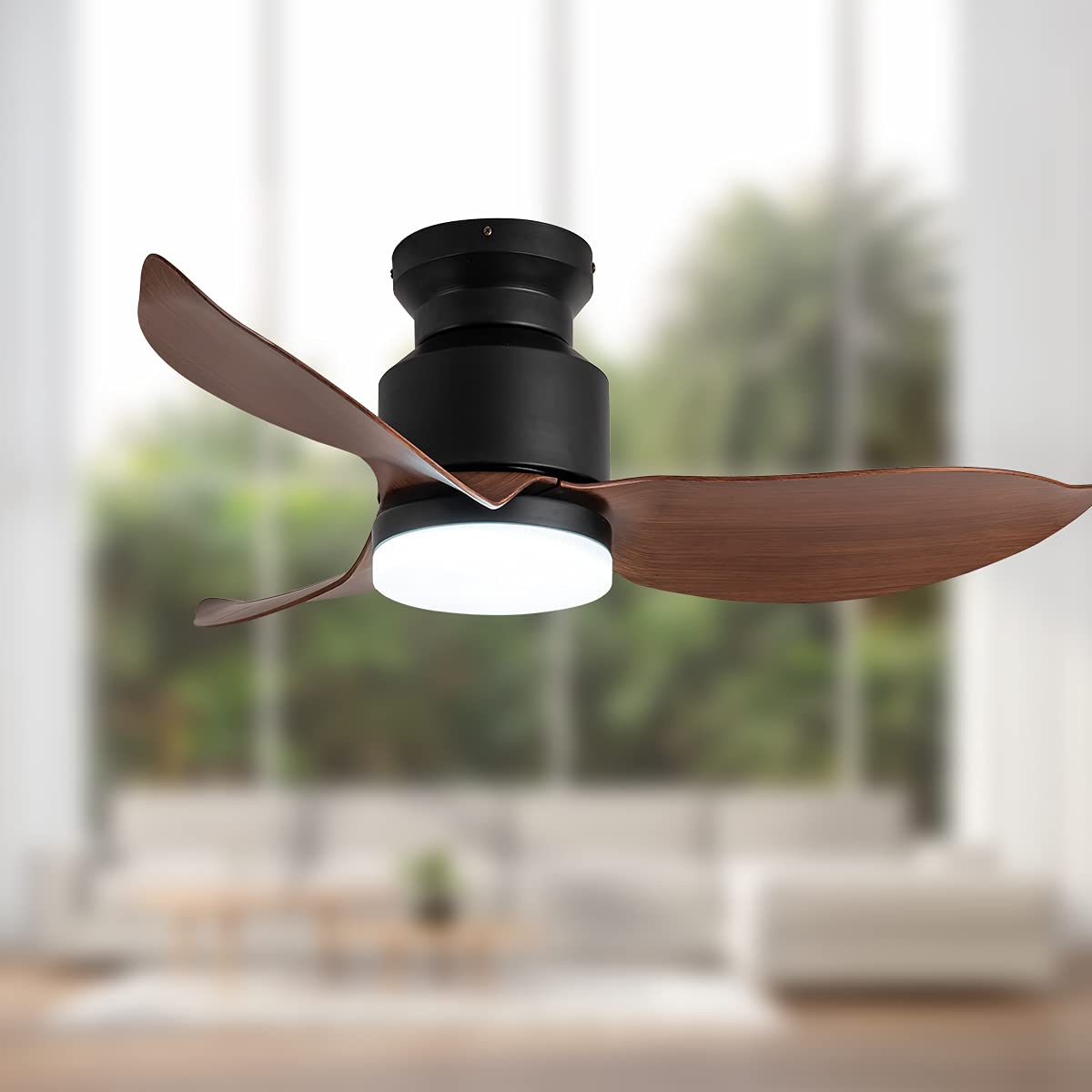
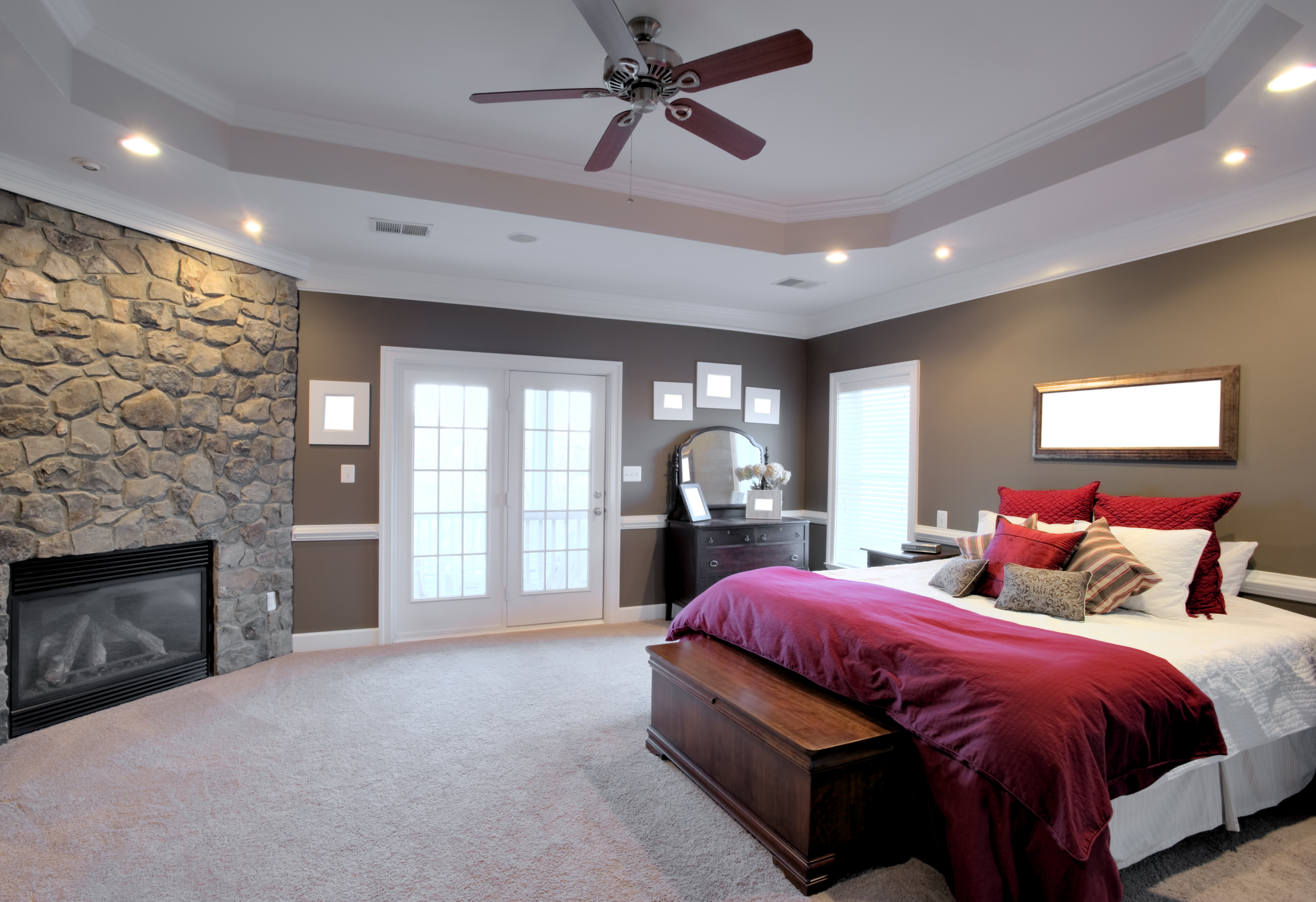
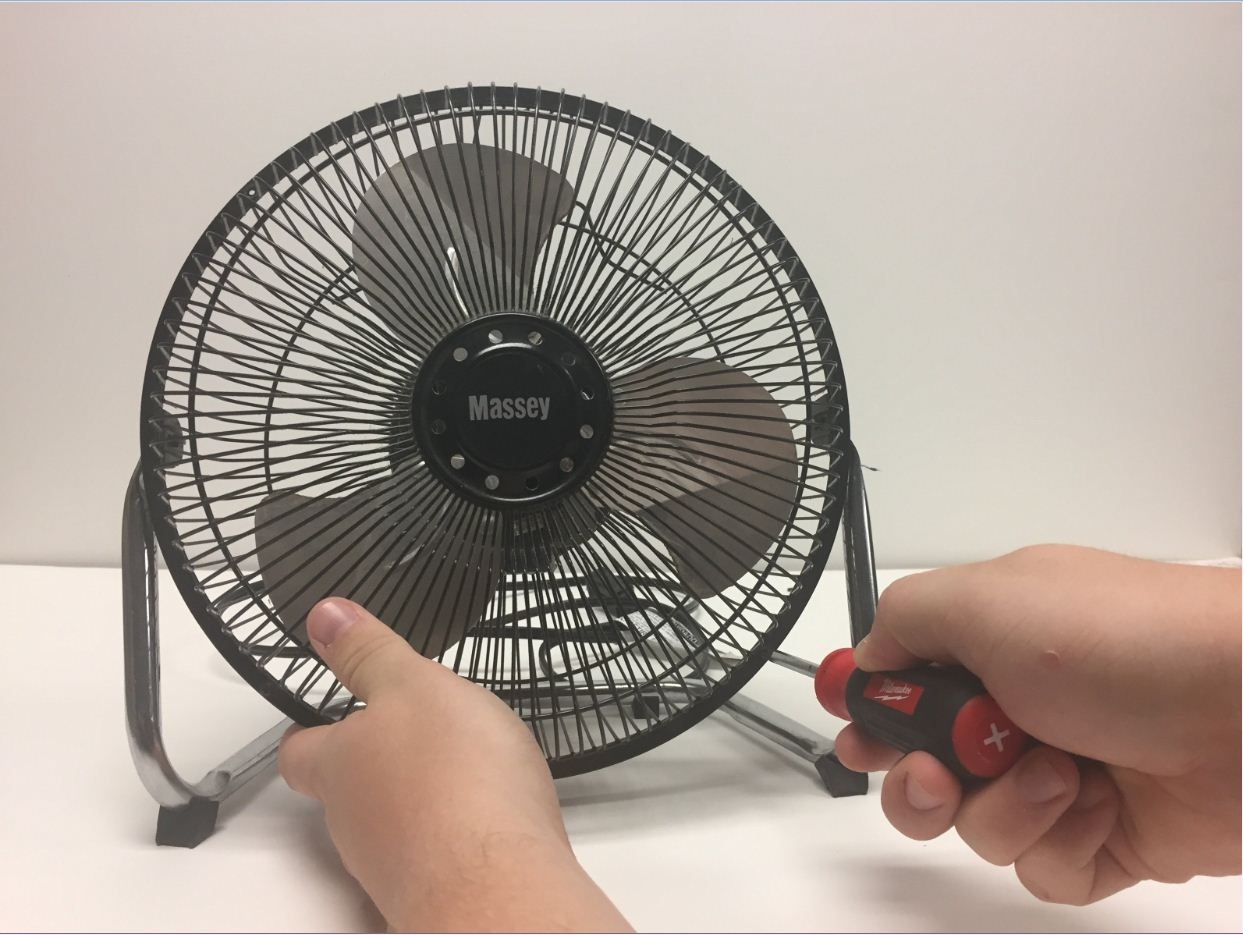
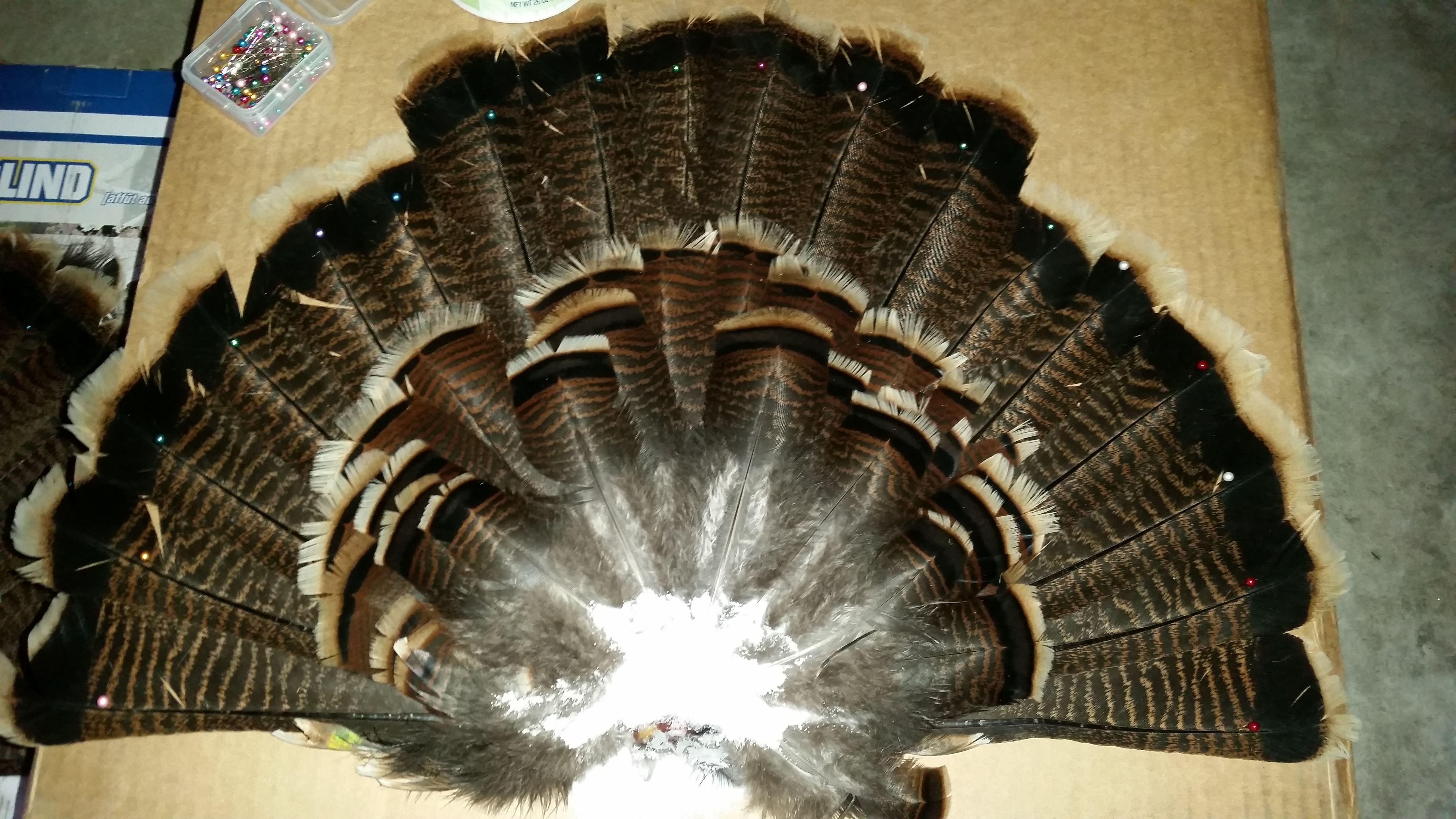
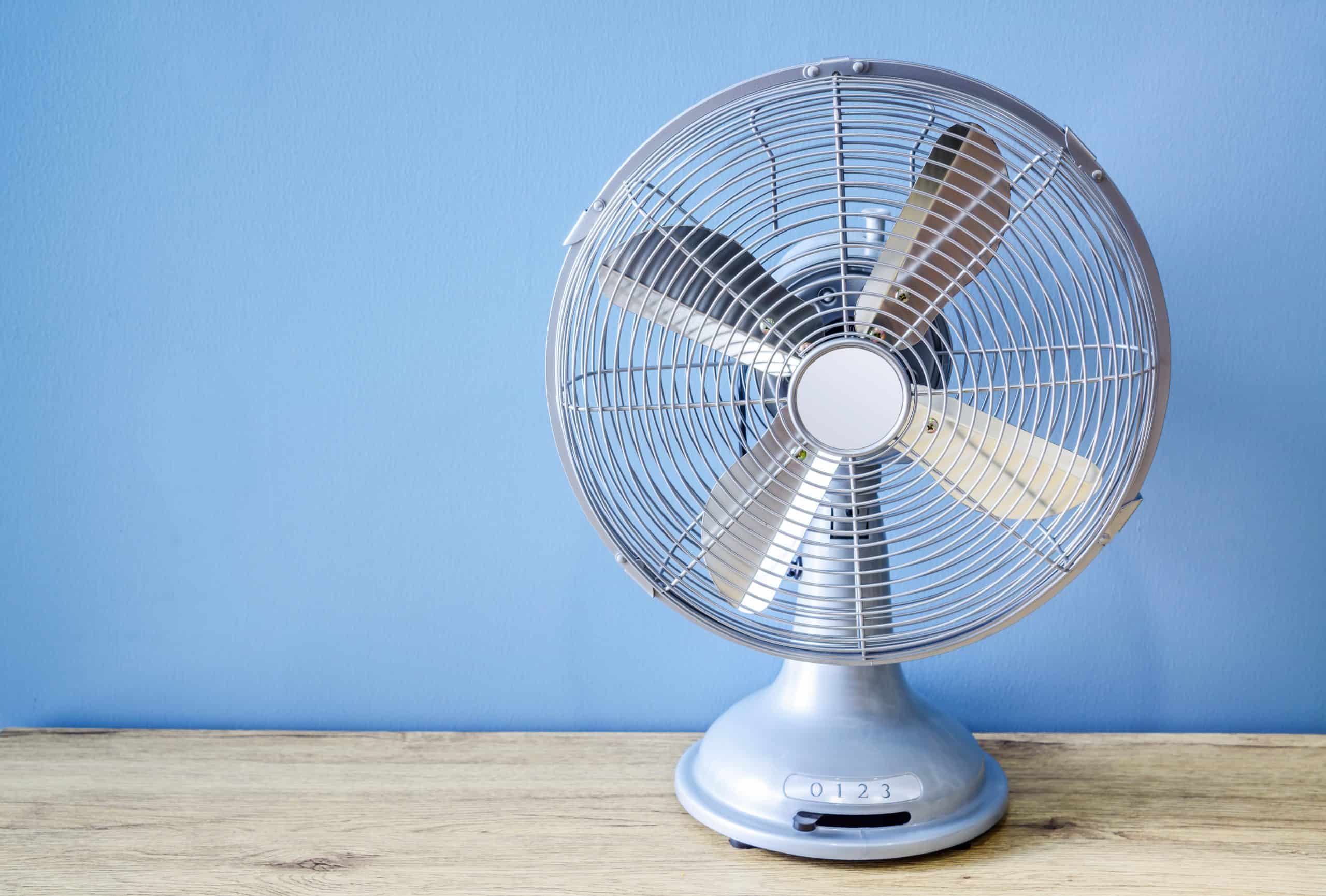
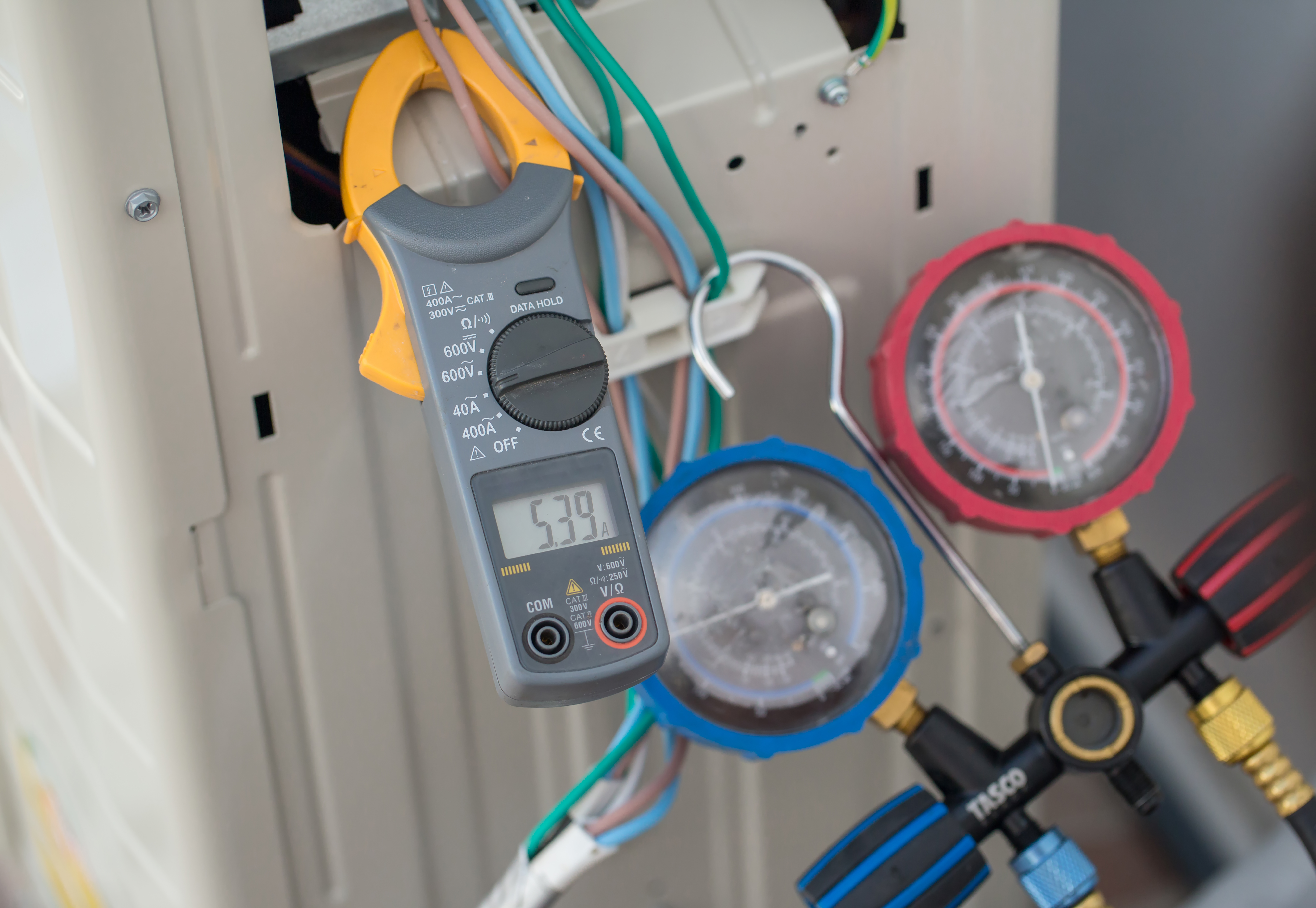
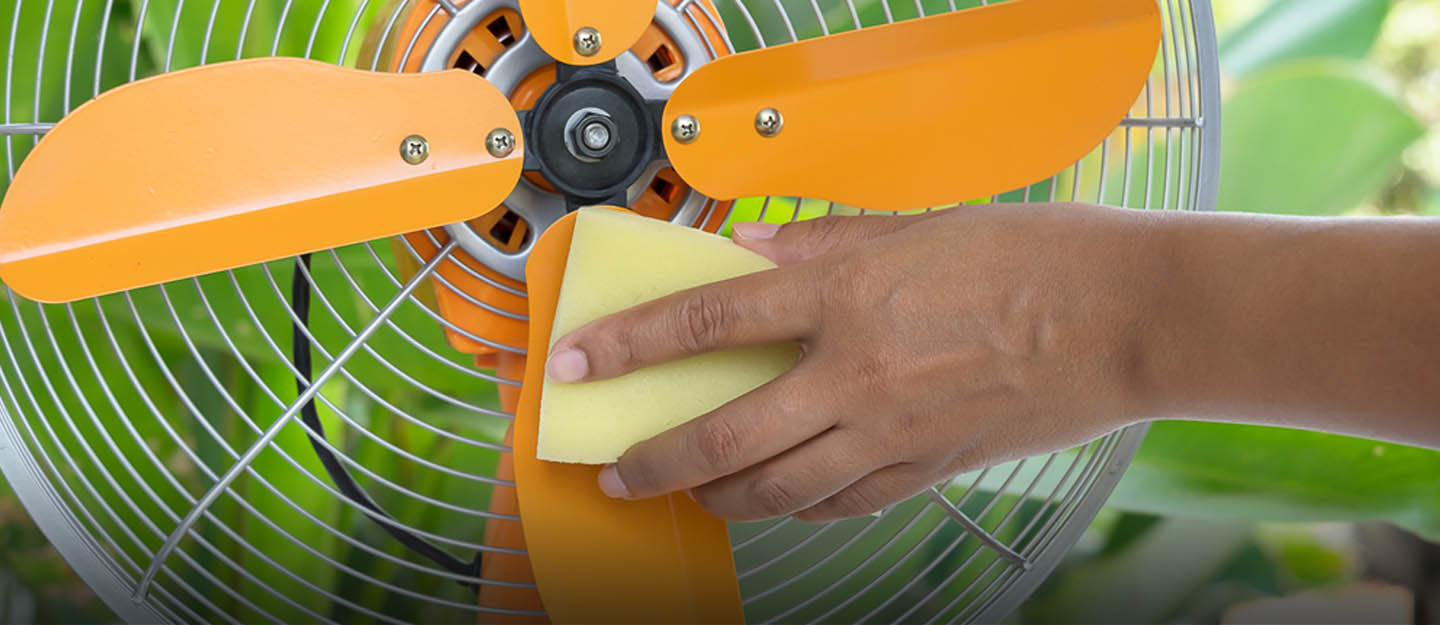
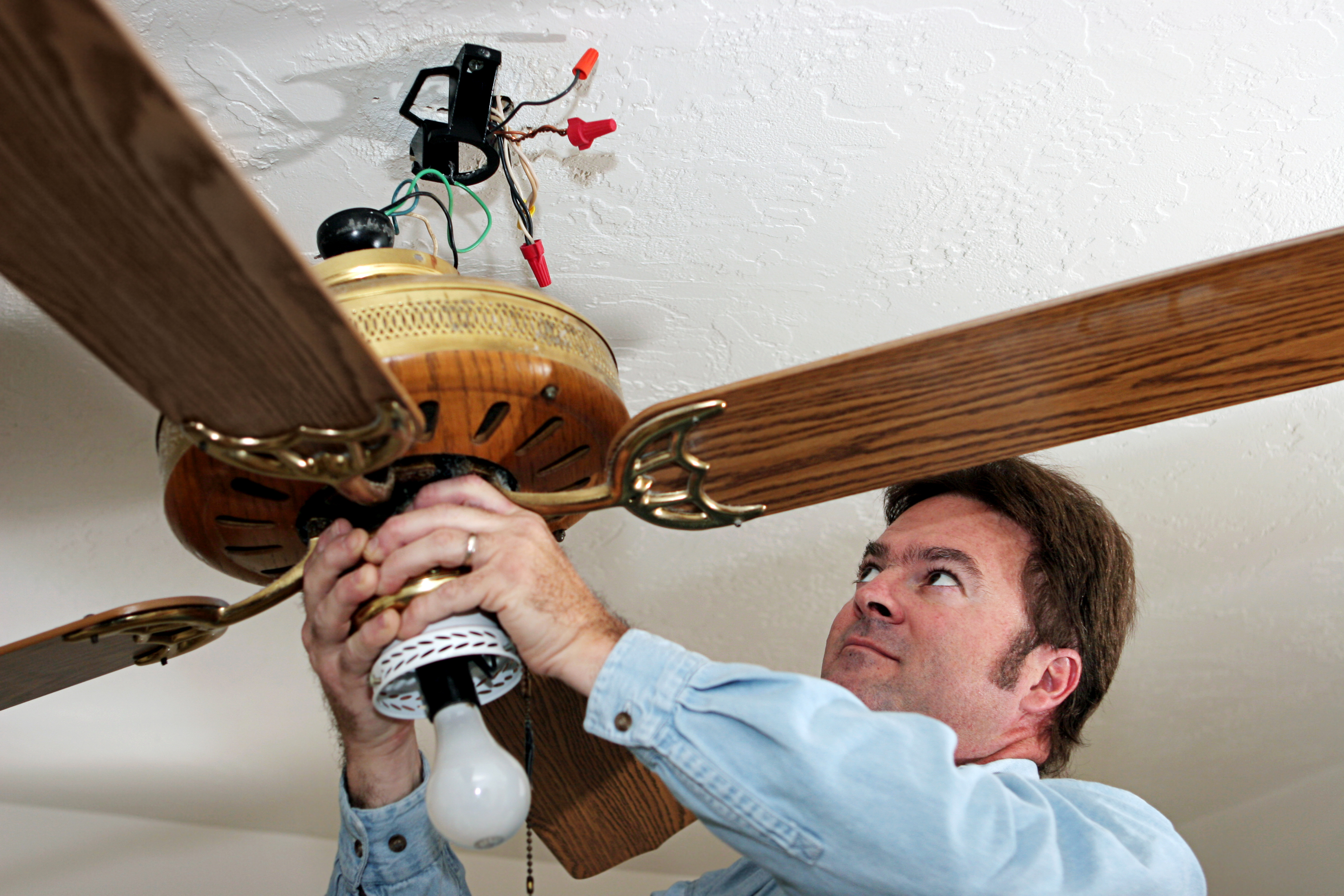
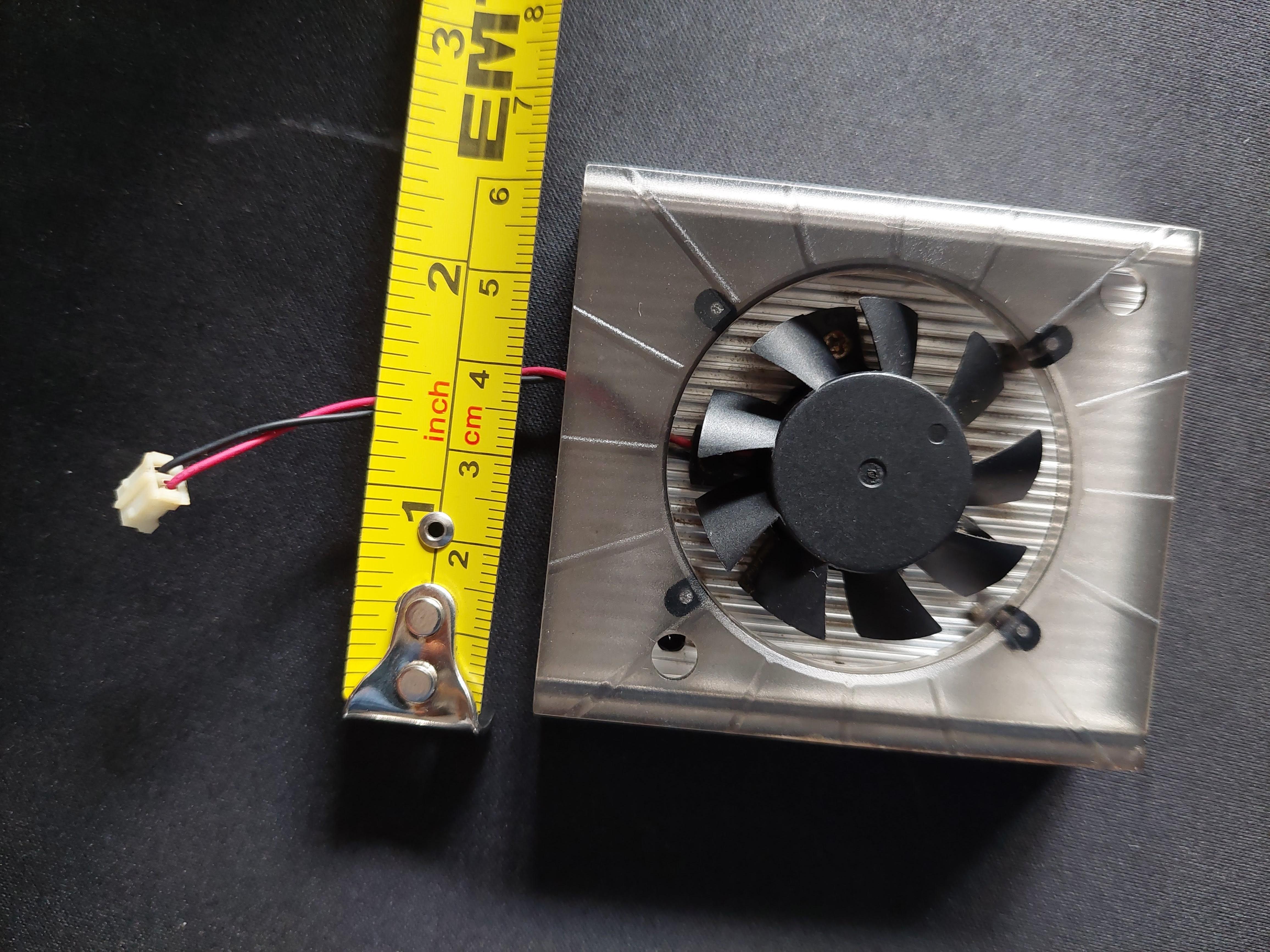
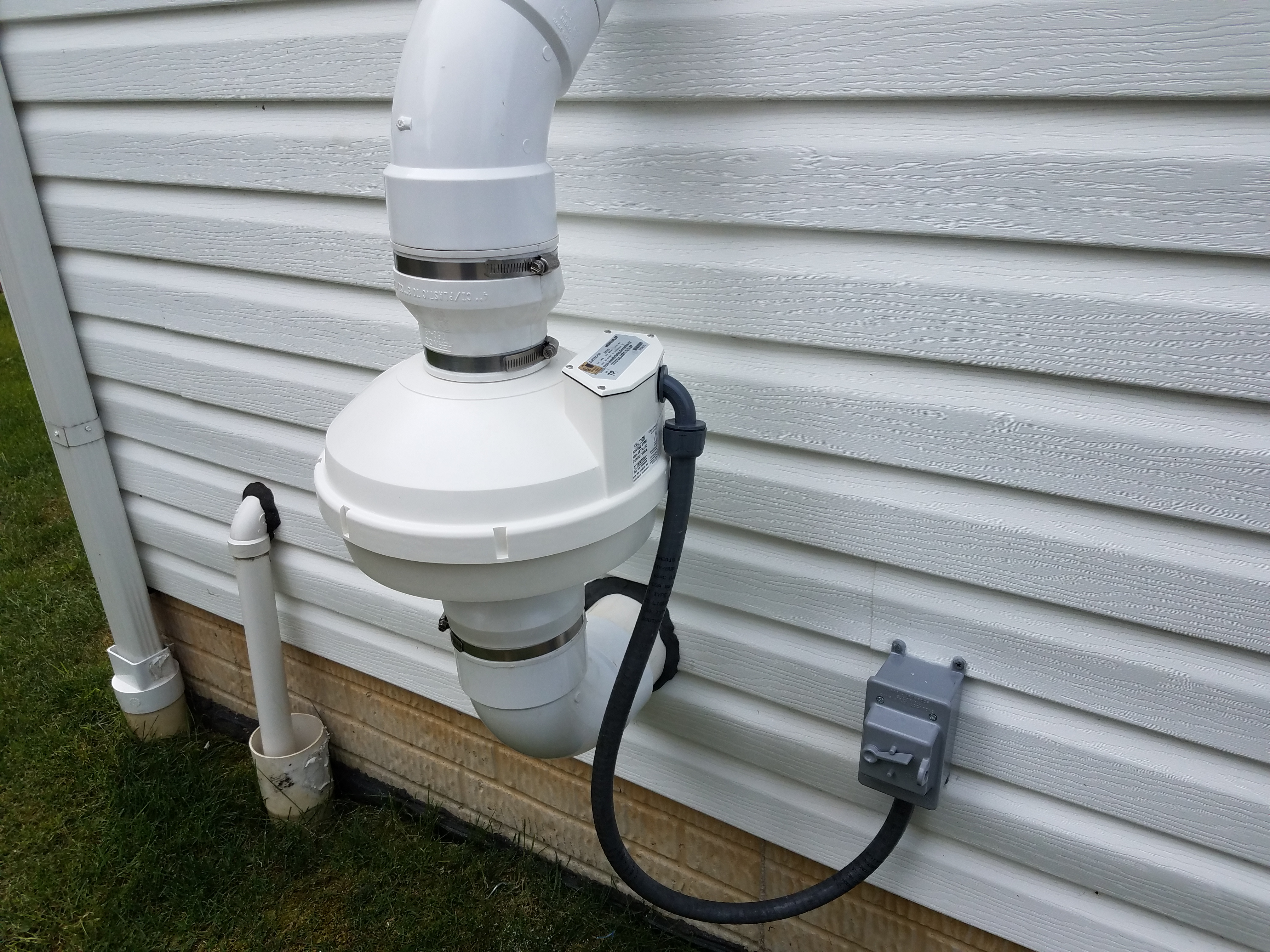
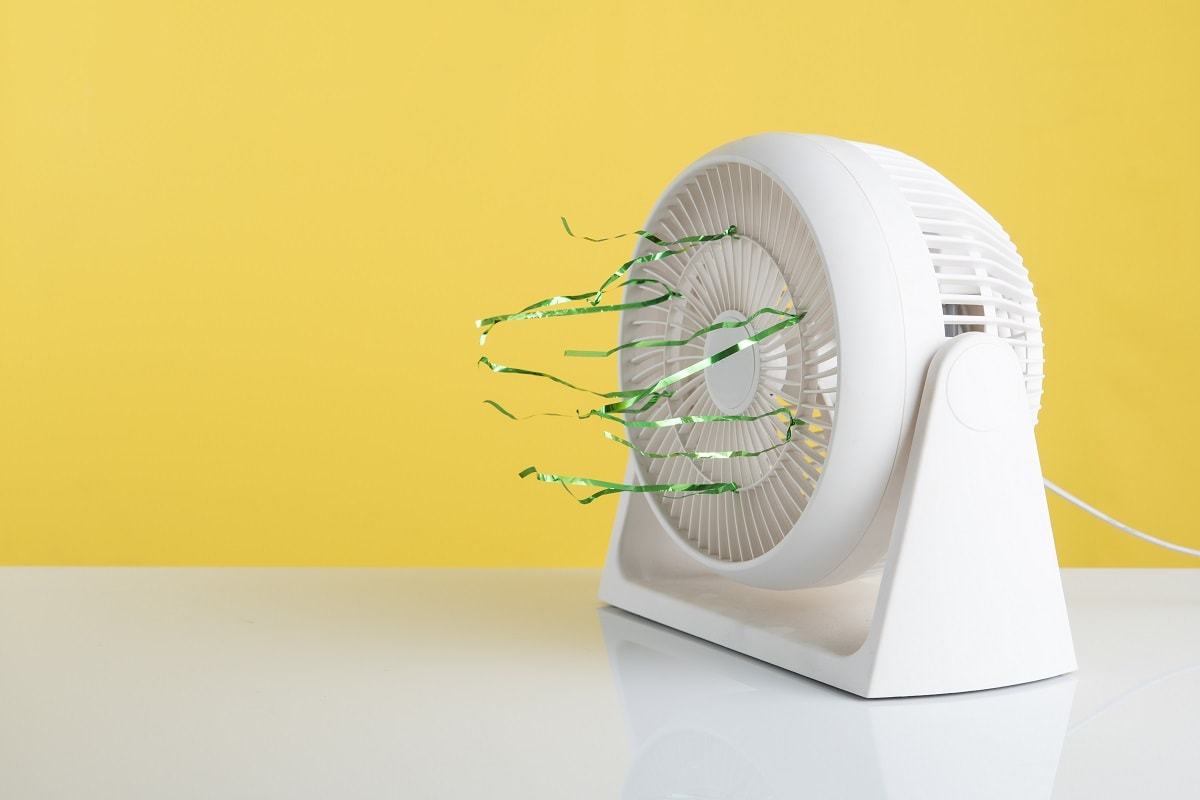
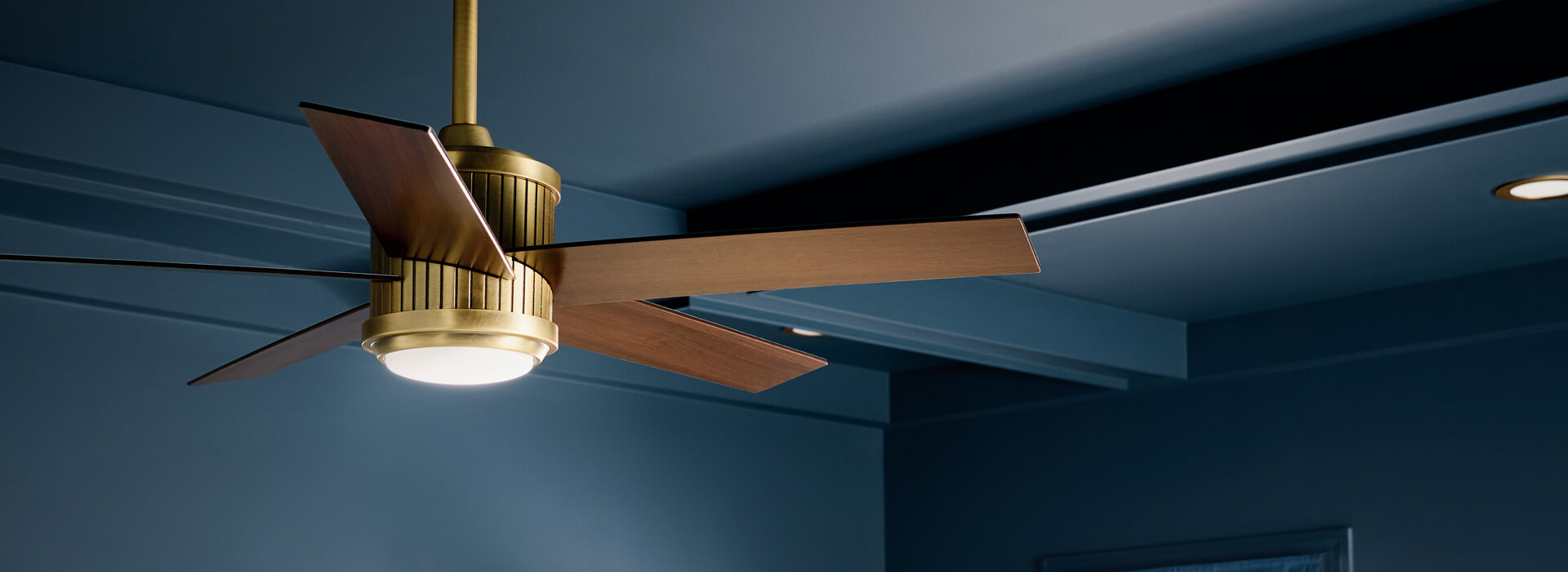
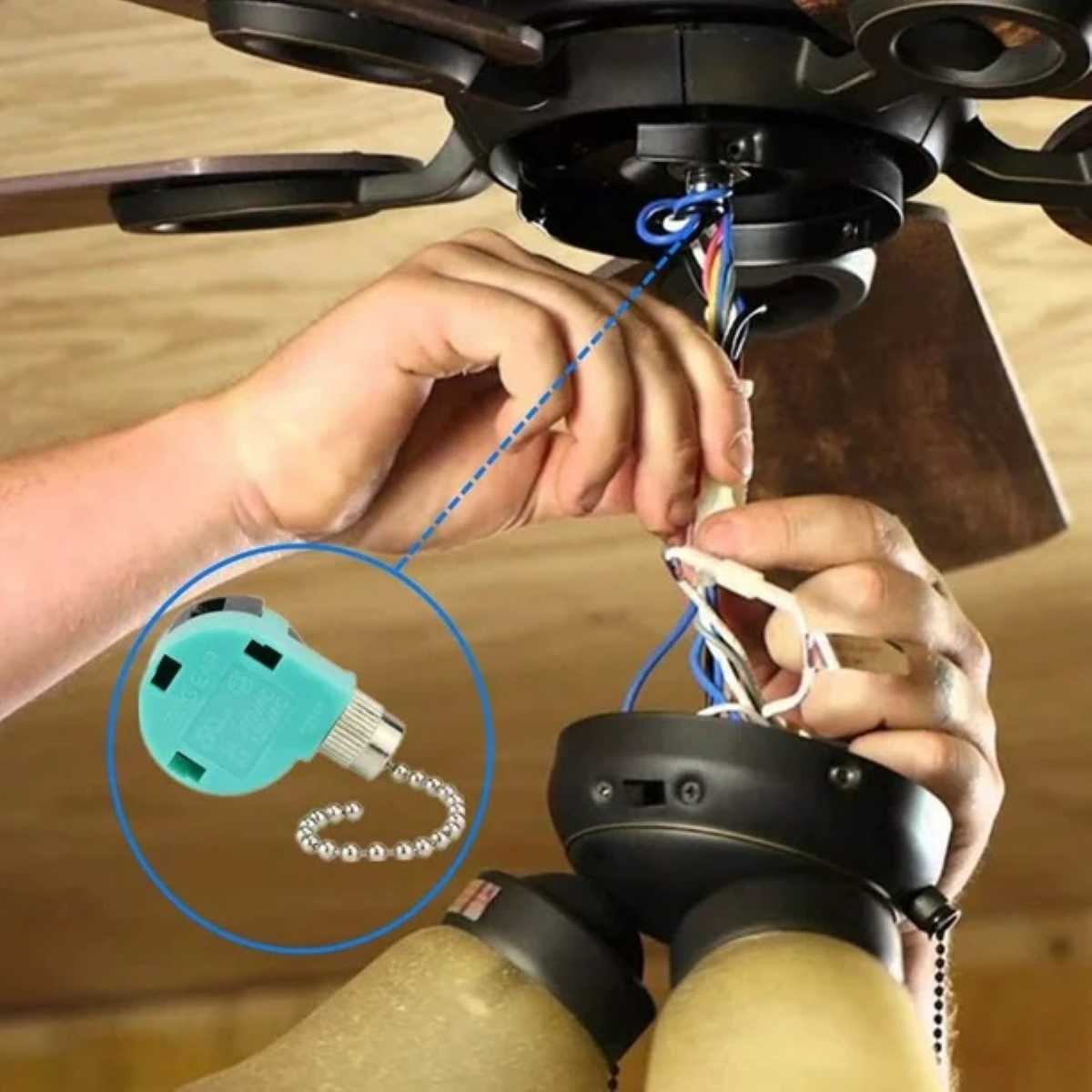
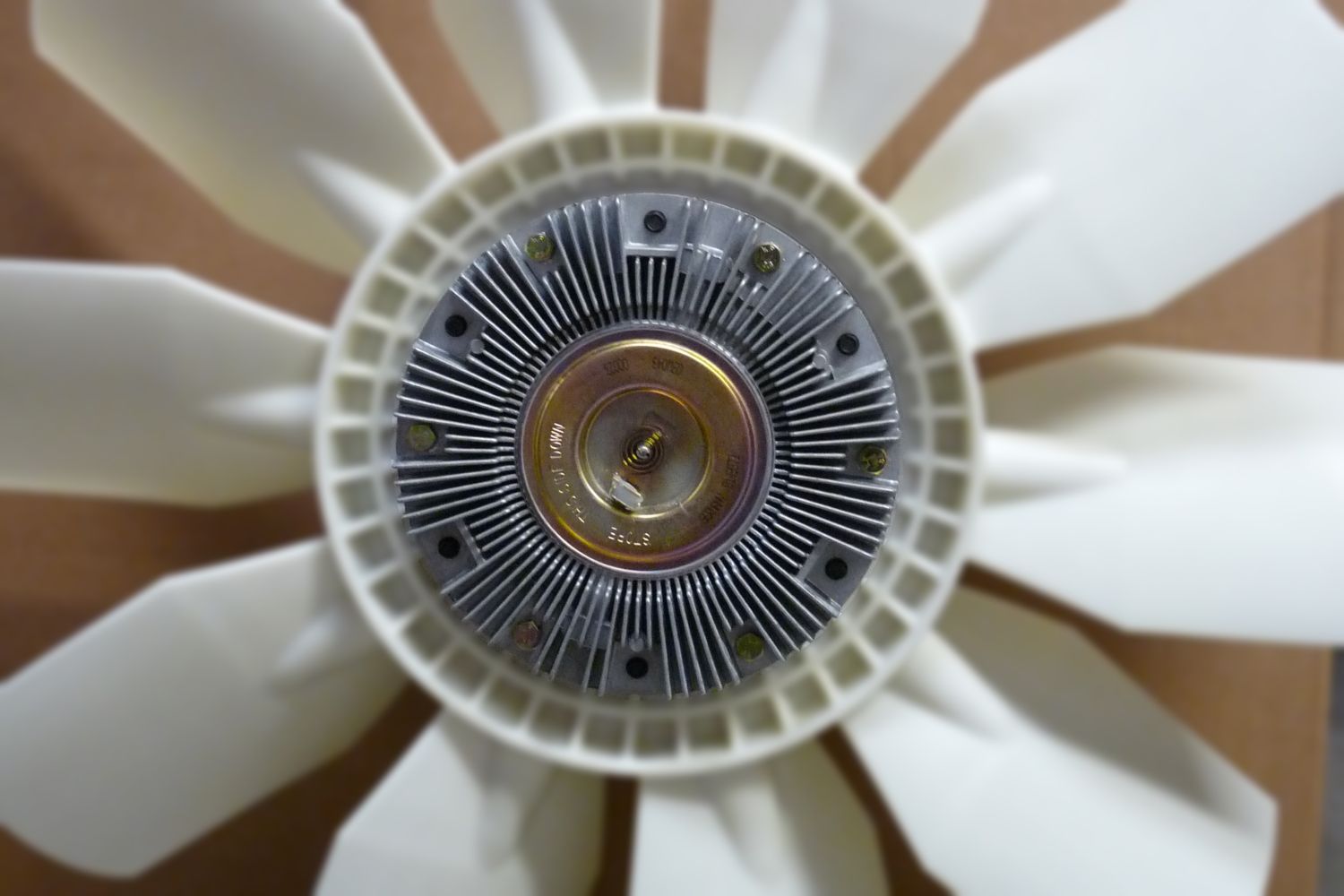

0 thoughts on “How To Cool Room With Fan”